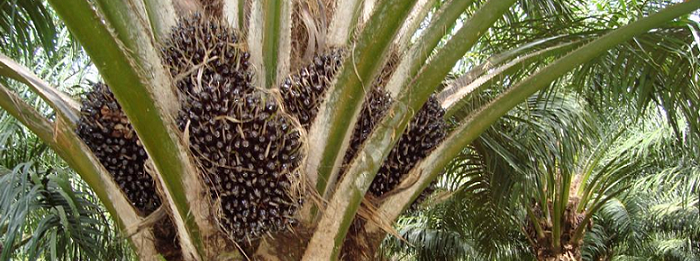There has been a decline in domestic demand for palm oils over the past couple of years due to high global prices and the lock downs. But a big rise in global prices will likely push the import bill to Rs 1.26 lakh crore in the current oil year (November-Oct), against Rs 75,000 crore last year,” said BV Mehta, executive director of Mumbai-based Solvent Extractors’ Association of India (SEA)

Prime Minister of India announced a National Mission on Edible Oils and Oil Palm (NMEO-OP) with an investment of over Rs.11000 crore for building the ecosystem to boost the production, in a bid to reduce India’s dependency on edible oil mostly palm oils imports,
India’s vegetable oil economy is world’s fourth largest after USA, China & Brazil.
Palm oil has 55 percent share in total edible oil imports of India. The NMEO-OP would ensure that farmers get all facilities from quality seeds to technology to promotion of cultivation of palm and other oil seeds.
While India is self-sufficient or Aatmanirbhar in rice, wheat and sugar but the country is dependent on huge imports of edible oils.
With this policy, farmers would be able to replicate what has been achieved in production of pulses recently and in the past in production of wheat and paddy. Farmers need to make same efforts to boost the domestic production of edible oils. Aggressive effort is need of the hour to become self-reliant in edible oil.
India grows 9 annual oil seed crops, which include 7 edible oil seeds (groundnut, rapeseed & mustard, soybean, sunflower, sesame, safflower and niger) and two non-edible oil seeds (castor and linseed). Oil seed cultivation is undertaken across the country in about 27 million hectares mainly on marginal lands, of which 72% is confined to rain fed farming.
More that Rs. 11000 crore will be invested in the cooking oil ecosystem under this missions. The money India spent on oil imports should rather go to the farmers.
Palm oil farming can be expanded and promoted in the northeast and Andaman and Nicobar region where the cultivation can be taken up easily.
Benefits would go to consumers who would get quality cooking oils at a cheaper rate, savings of foreign exchange in imports, benefit processors and entire value chain, thereby creating job opportunities.
A substantial portion of our requirement of edible oil is met through import of palm oil from Indonesia and Malaysia.
While the import of palm oil was of same order (around 13 million tonnes), there was a steep increase of 65% in import cost due to rise in prices from FY 20 to FY21.
It may be noted that prices of edible oil have been on the rise for last few months. Average rise in retail have been up to 52 percent in July this year compared to the year ago period.
Announcement of this scheme is a giant step for oil palm development in the country and towards more self reliance.
The details of the policy will be awaited.
Leave a Reply